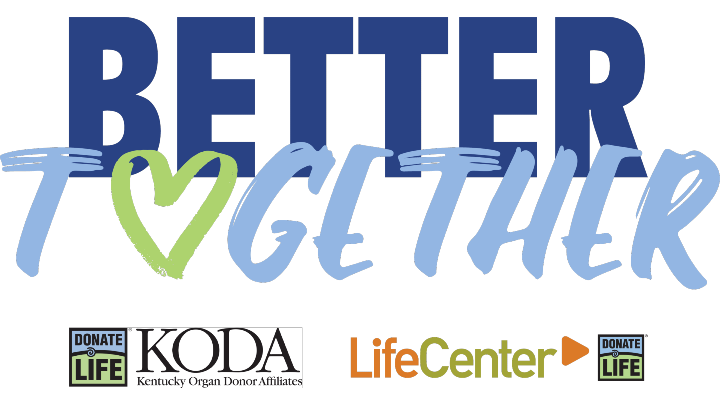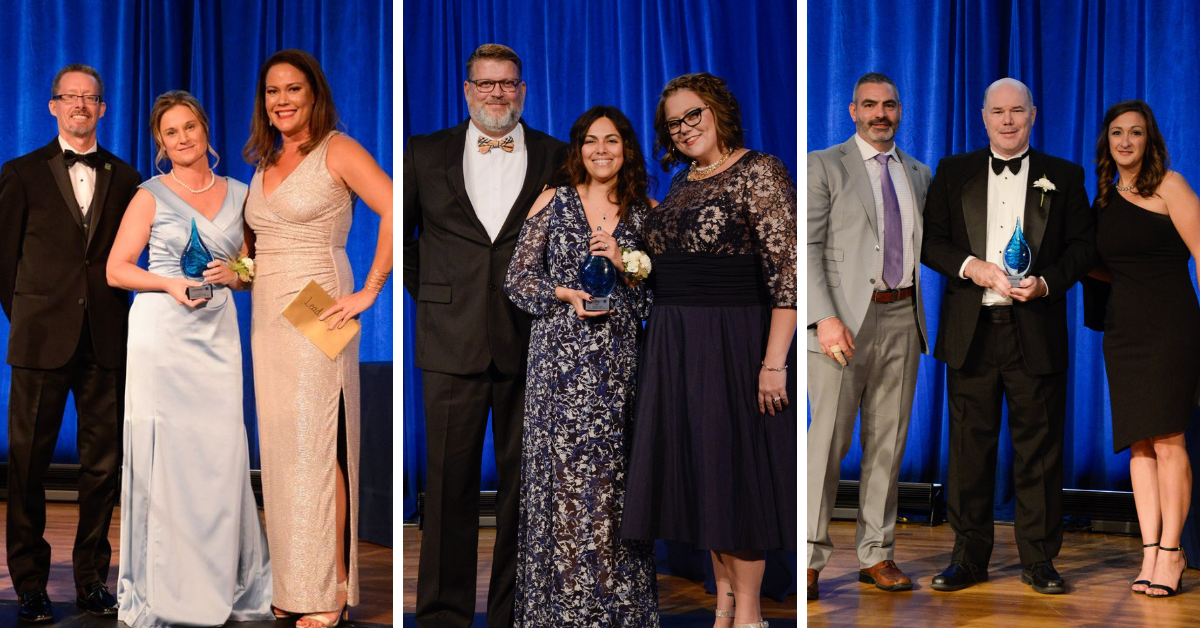Written by: Barry Massa, Executive Director for LifeCenter
You may have wondered, “How does organ donation work? Who pays for the organ? How is this system funded?”
Well, unlike most non-profits, LifeCenter, and all organ procurement organizations (OPOs) are not reliant upon fundraising for their operational needs. Instead, the funding is similar to that of the non-profit hospitals.
LifeCenter, and all OPOs, receive funding through organ and tissue donation. For organ donation, OPOs are reimbursed from the transplant hospital receiving the organ. Ultimately, it is the transplant recipient’s insurance who reimburses the hospital for the transplantation procedure. Including in the reimbursement to the hospital, is the reimbursement to LifeCenter for our costs. Primarily, transplants are reimbursed through Medicare. Therefore, LifeCenter’s primary funding is indirectly through Medicare. The reimbursement amount is based on the costs of recovering an organ for transplant.
For tissue donation, reimbursement to LifeCenter comes from the tissue processor. LifeCenter recovers tissue, such as bone, skin, tendons, etc. Once recovered, it is sent to a tissue processor. The tissue processor then provides it to hospitals for surgical needs. Reimbursement for tissue donation is also on a cost-based model.
While this model helps to sustain our ability to recover organs and tissues for transplant, that’s not the only source of funding. LifeCenter does rely on fundraising through our events and memorials from families to help provide funding for community outreach activities. All dollars received from fundraising or memorials are used solely for community outreach and education programs. These programs are a vital part of our organization and our ability to inspire and educate the public on the importance or organ and tissue donation.






